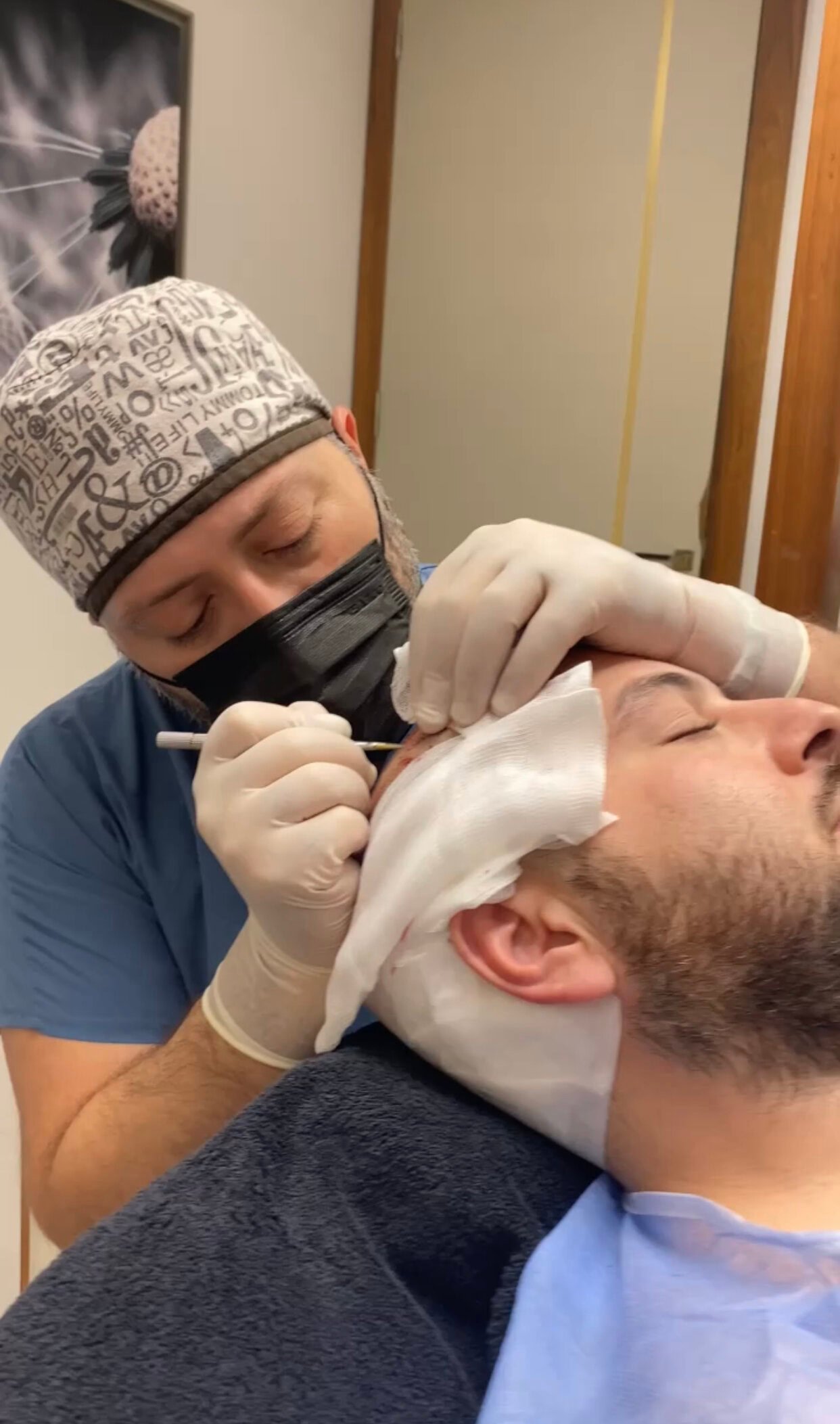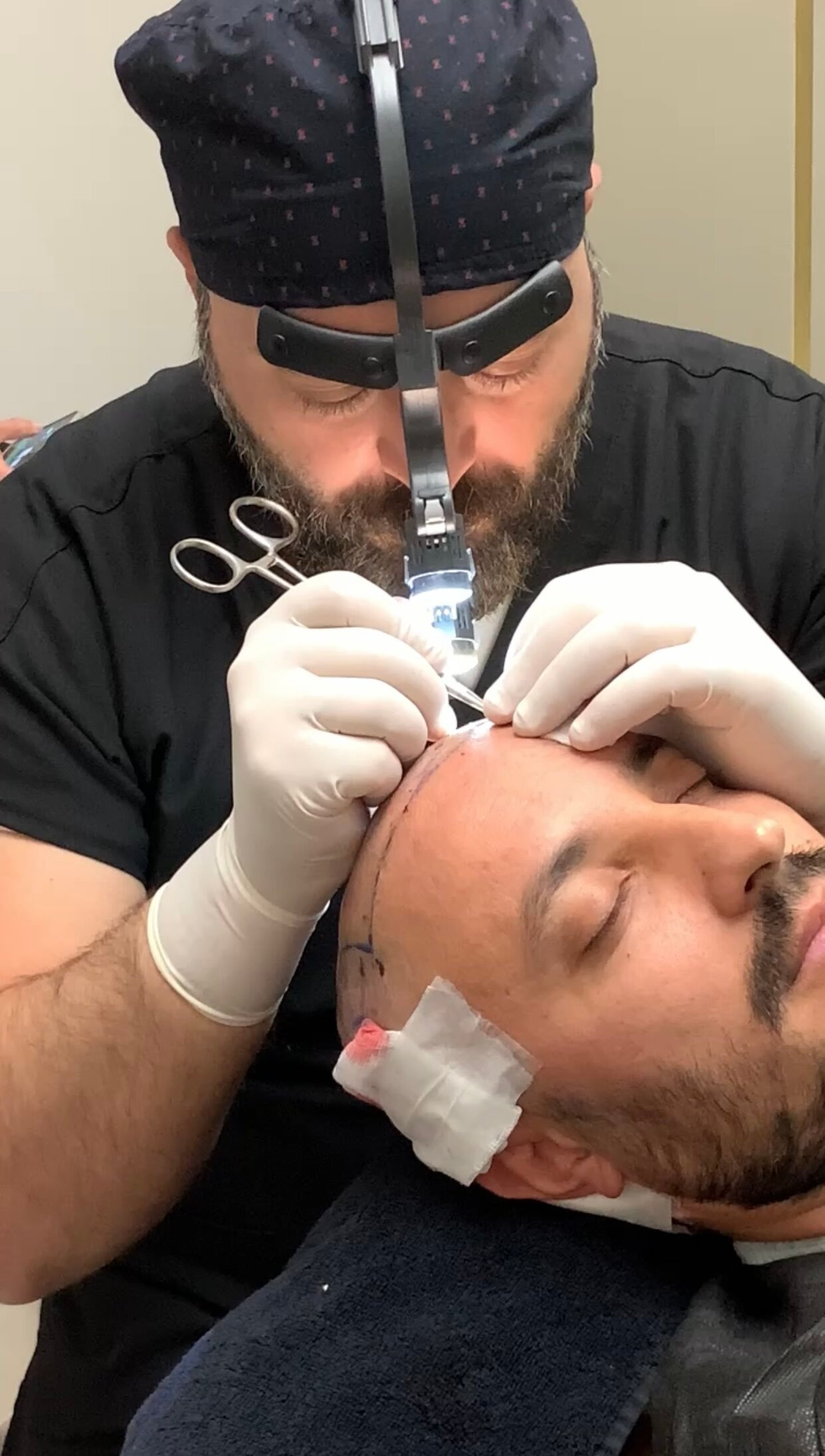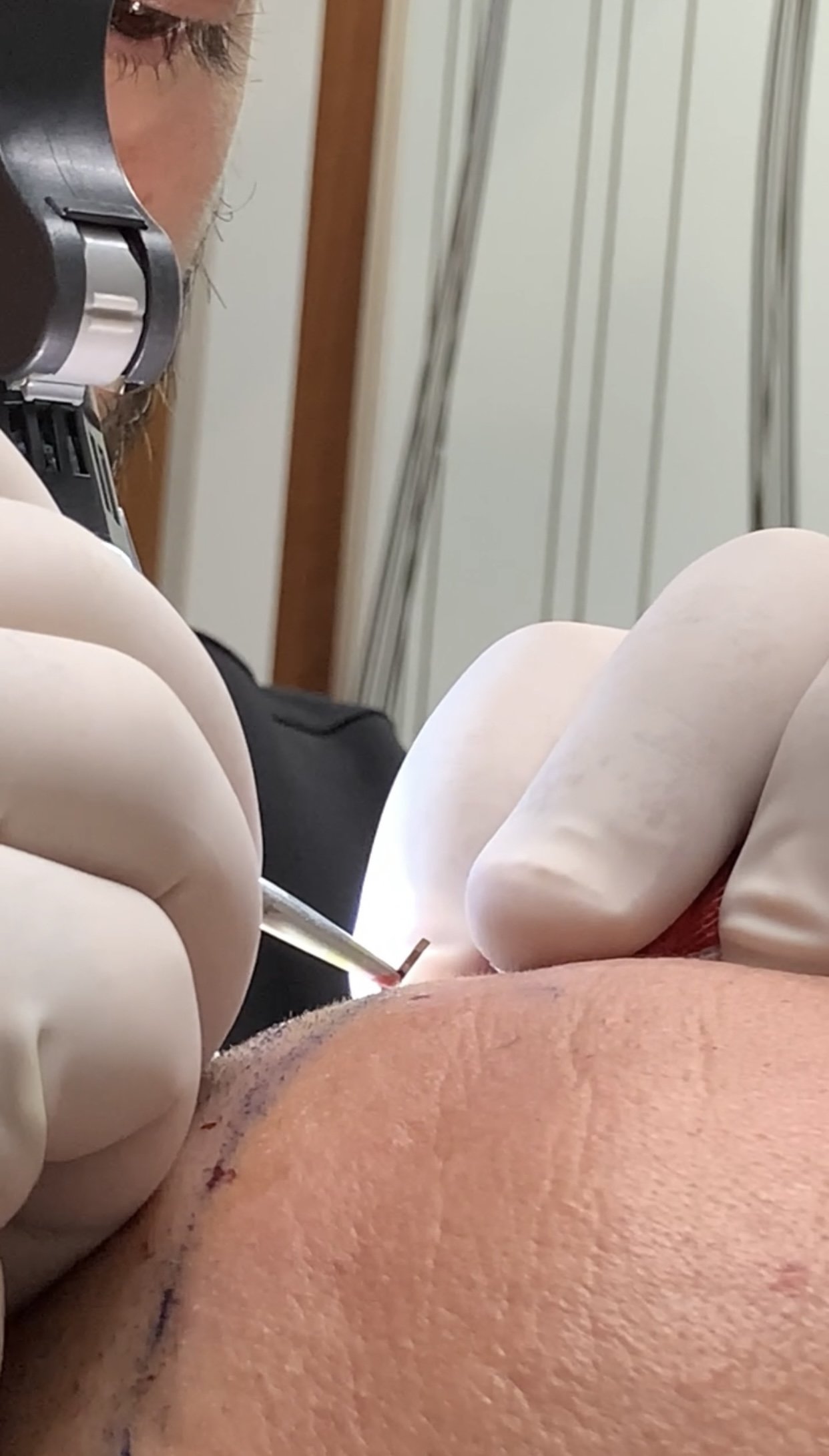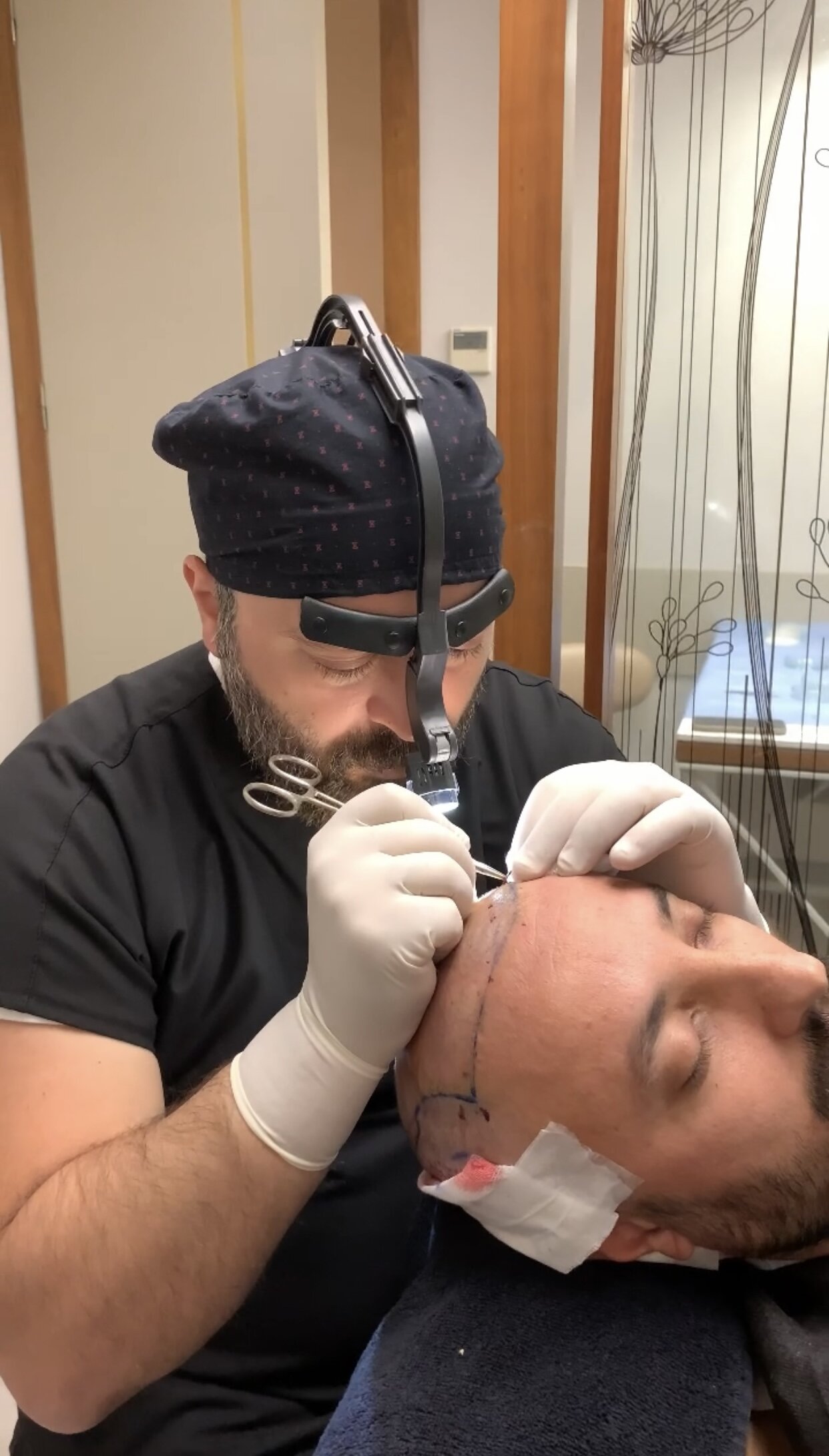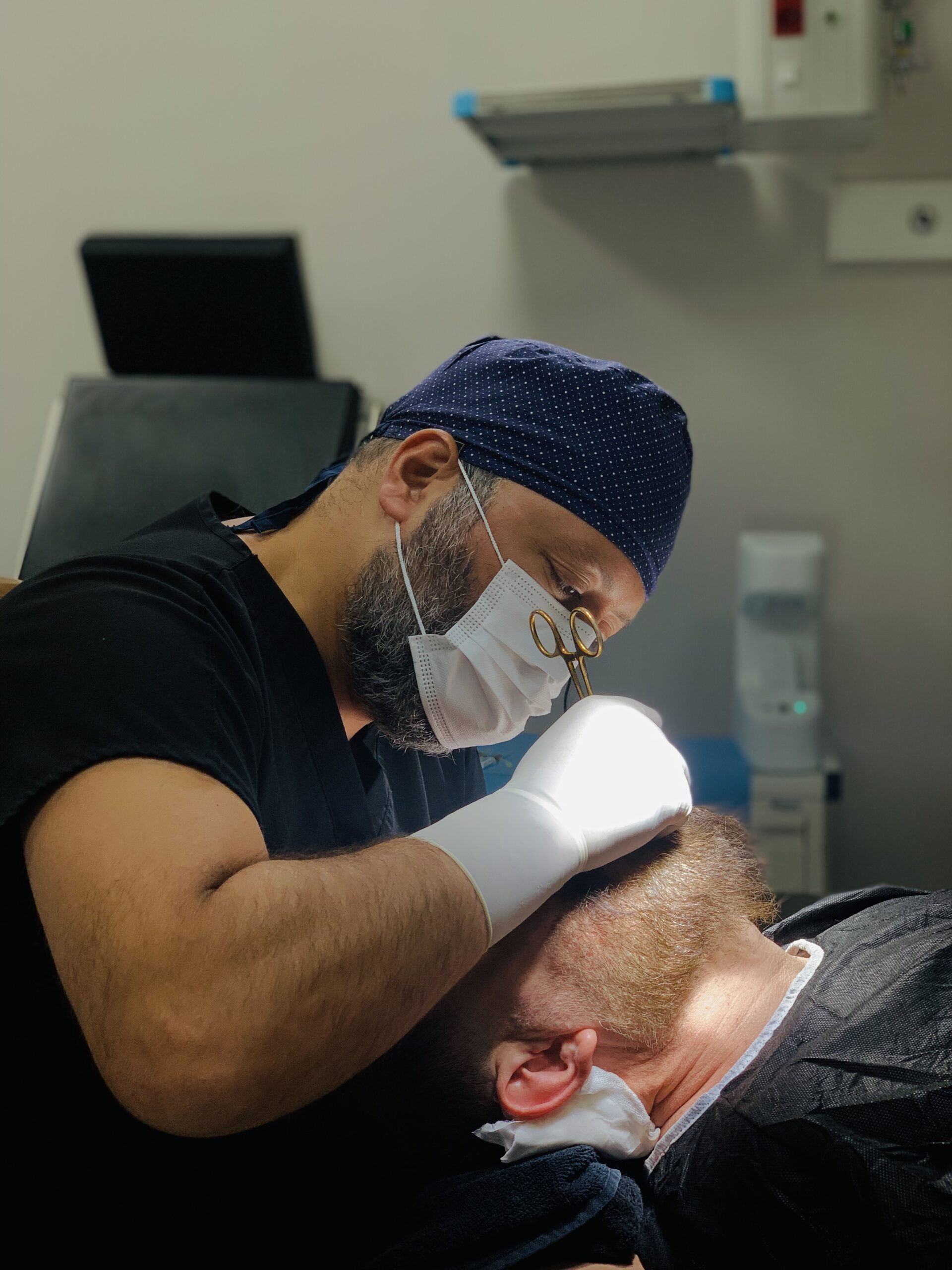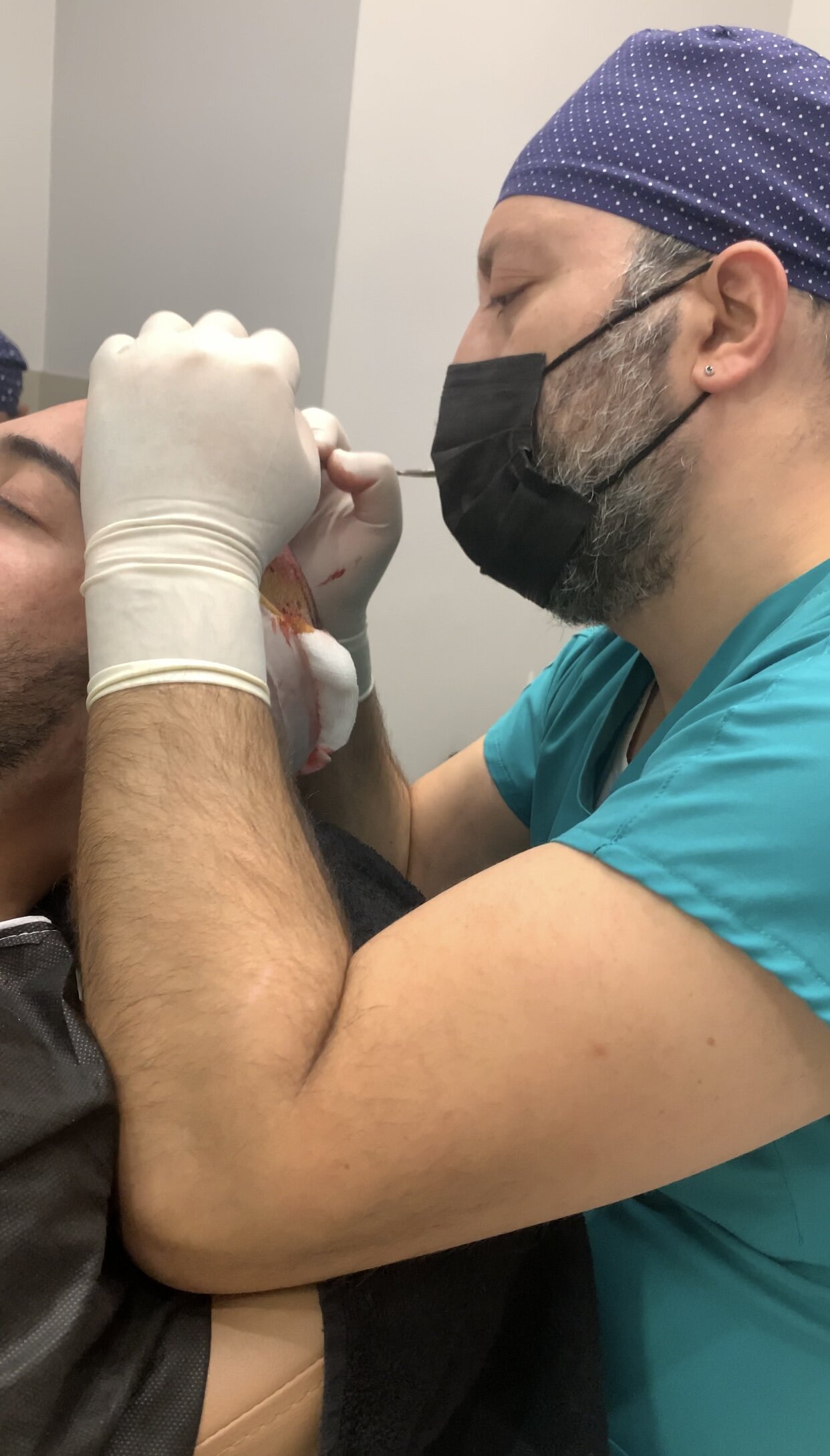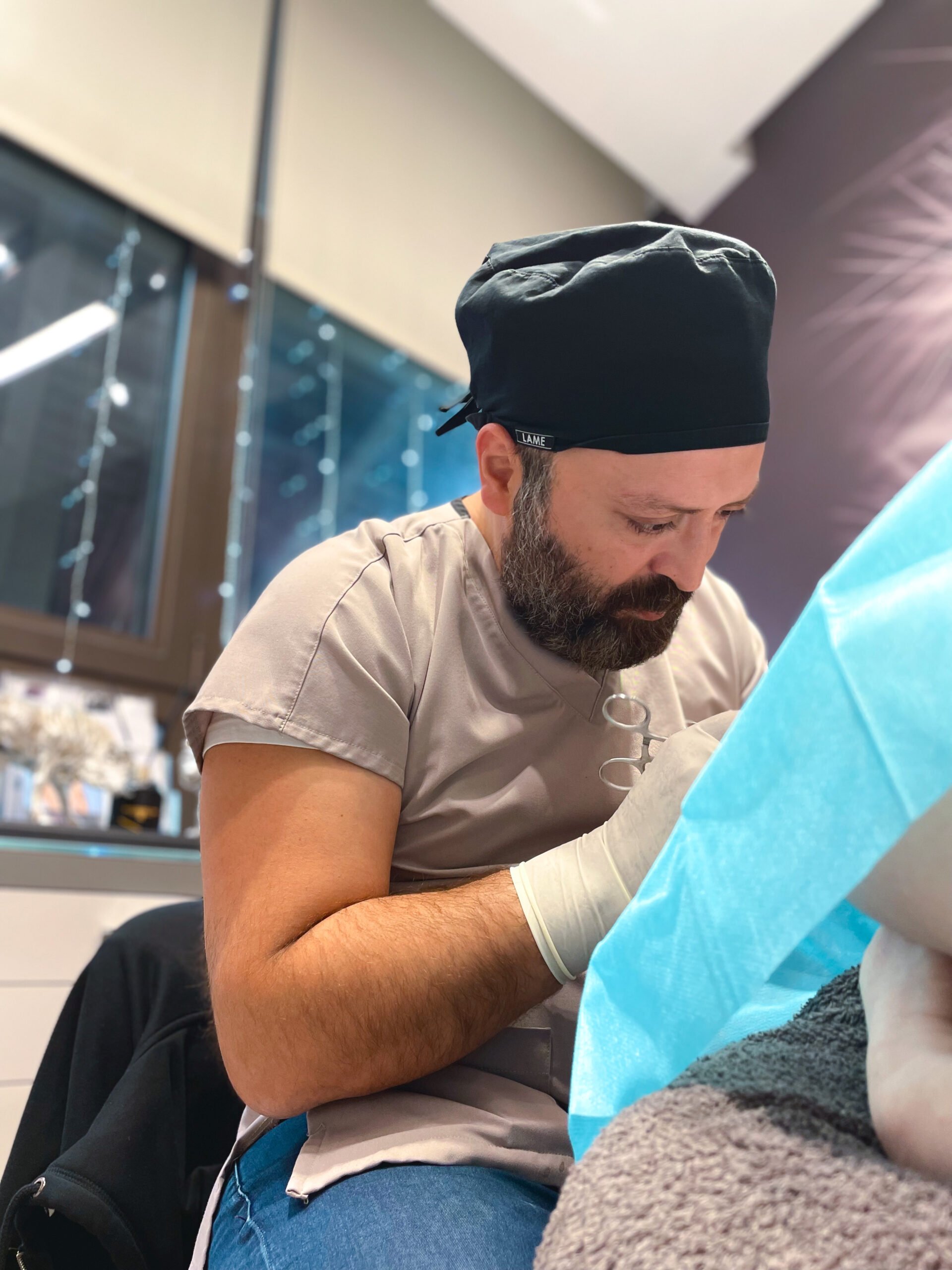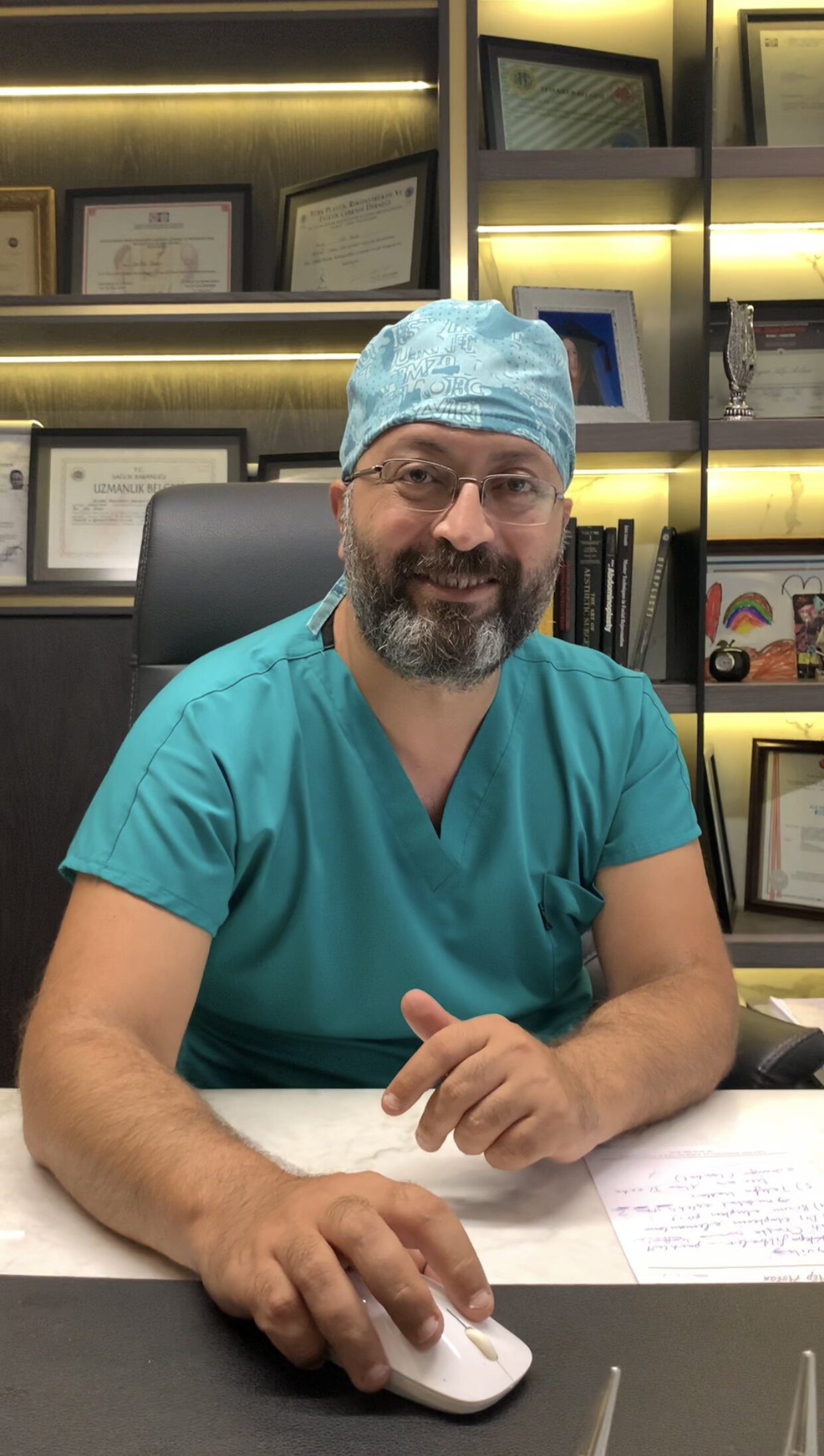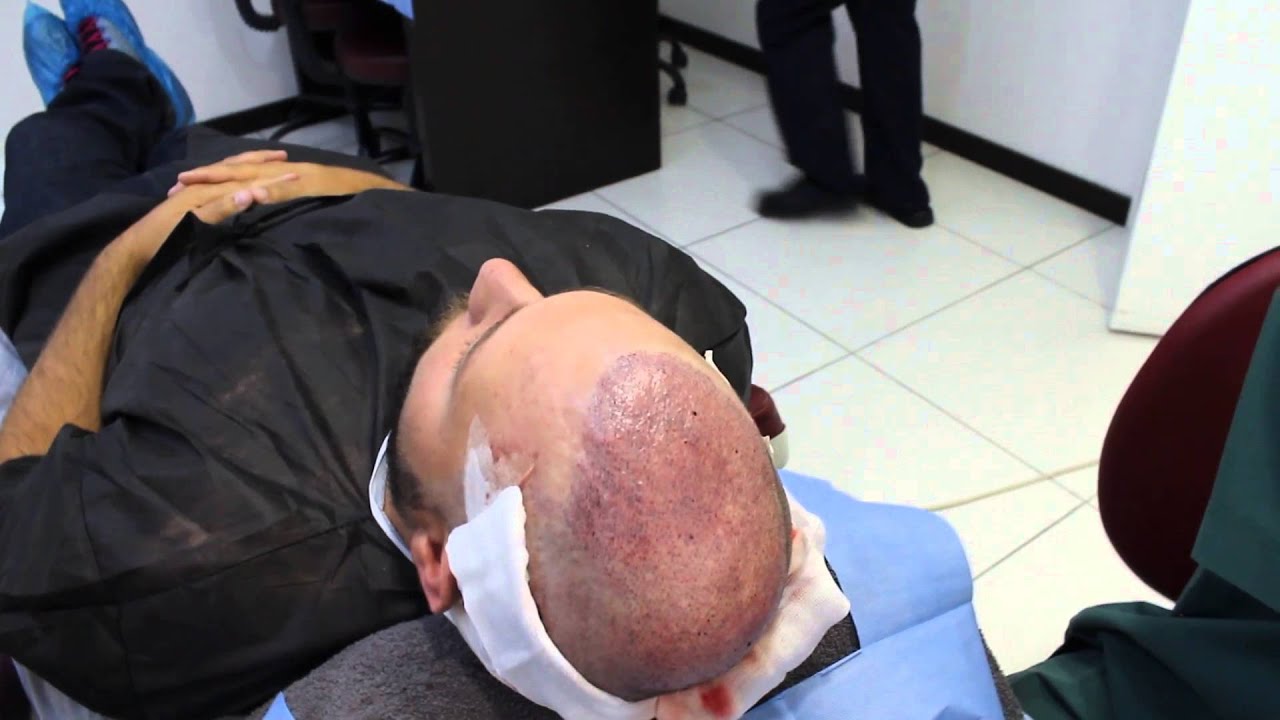DHI Hair Transplant
DHI Hair Transplant
When it comes to restoring hair, new ideas are highly important for making the process better for patients, getting better outcomes, and speeding up recuperation. The DHI Hair Transplant is one of the most improved hair transplant methods in recent years. It removes one of the usual processes to make the process more precise and comfortable. We use this method at Este Surgery for patients who want results that seem natural and have a lot of density with little downtime.
What is a DHI Hair Transplant?
DHI, or Direct Hair Implantation, is a better variant of the FUE (Follicular Unit Extraction) procedure. Like FUE, the donor hairs are taken one at a time from the back or sides of the head. But the way these follicles are put in is what makes DHI different.
DHI combines the two procedures of opening channels and inserting grafts into one phase, unlike regular FUE or Sapphire FUE, which do them in that order. The surgeon uses a unique tool called the Choi Pen to put each hair follicle directly into the scalp. This gives you more control over the direction, angle, and depth of the implant, which makes it look more natural.
How the Process Works
There are three steps in the DHI Hair Transplant process:
- Taking Out Hair Follicles
Like other modern methods, the first step is to take individual hair follicles from the donor location. This is done with a micro punch tool that doesn’t leave linear scars. - Putting Graft into the Choi Pen
The Choi Implanter Pen has a hollow needle, and each graft is put in by hand. To protect the root of the follicle, this procedure needs to be done very carefully and with great care. - Direct Implantation
Then, the pen is used to put the follicular into the area that needs it. During the process, the surgeon regulates the angle, depth, and direction, which allows for a very personalized hairline design.
The whole process becomes more efficient and focused since the channel formation and graft implantation happen at the same time.
Advantages of DHI Hair Transplant
DHI is not only a new way to do things; it has apparent benefits:
- No Pre-Opened Channels: DHI doesn’t need to have channels cut open before the implant is put in, which is different from previous procedures. This makes the scalp less painful.
- High Density: Surgeons can put grafts closer together, which gives a fuller, denser outcome. This is very helpful for restoring hairlines.
- Natural-Looking Hairlines: You may make each transplant look like it grew naturally by controlling its angle, direction, and depth.
- Faster Recovery: The healing process is usually faster and smoother when there is less trauma and smaller insertion points.
- Little Bleeding: The pen’s design cuts down on bleeding during and after the procedure.
Who Can DHI Help?
DHI Hair Transplant is especially good for:
- People who want to restore their hairline with a natural look
- People who don’t have a lot of donor hair and want the most hair possible
- People who have busy lives and want to heal faster
- Women patients or anyone else who doesn’t want to shave much
The DHI approach works really well, but it doesn’t work for every scenario. Before suggesting the best method for you, we at Este Surgery do a full assessment of your hair type, density, and expectations.
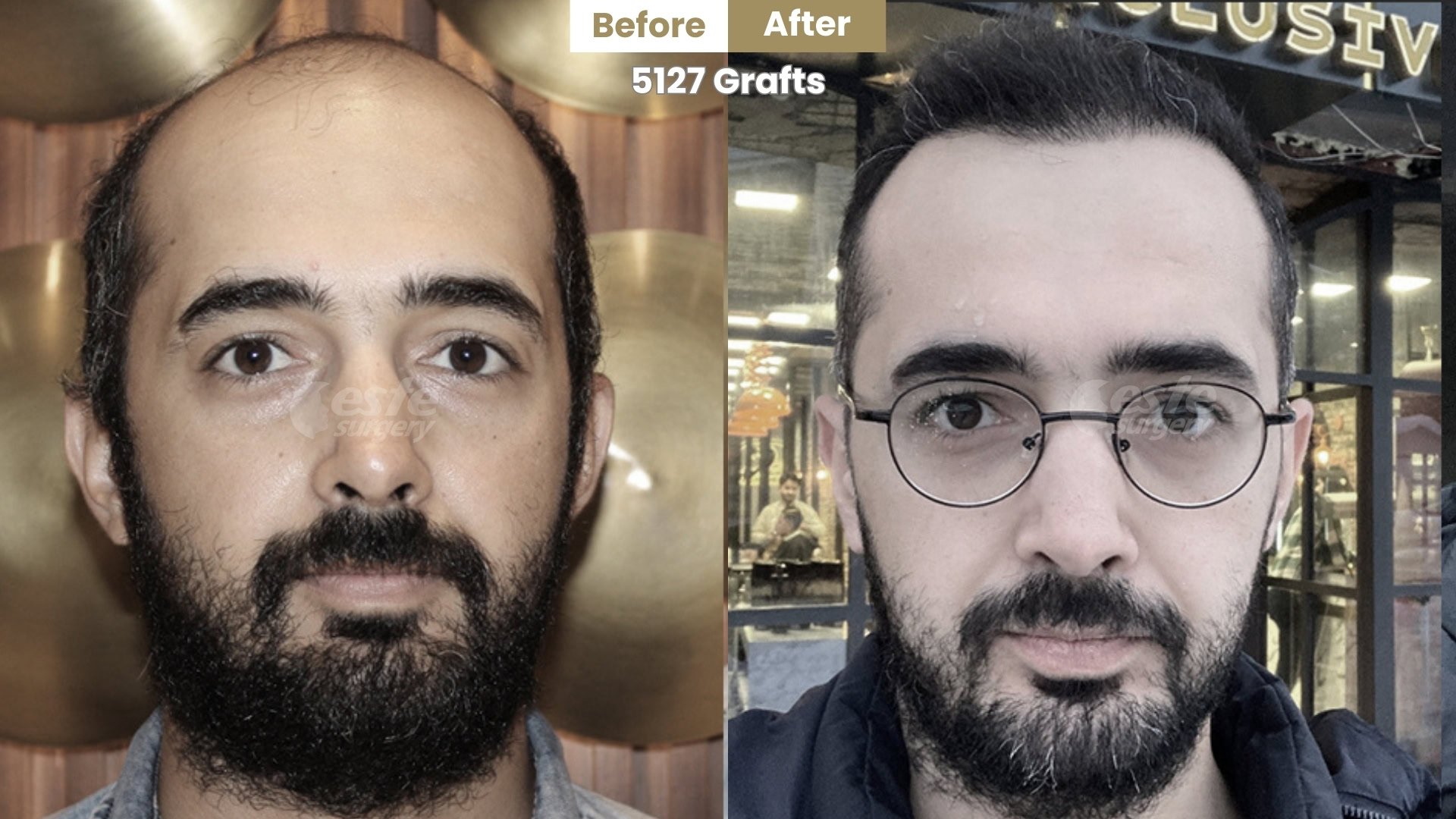
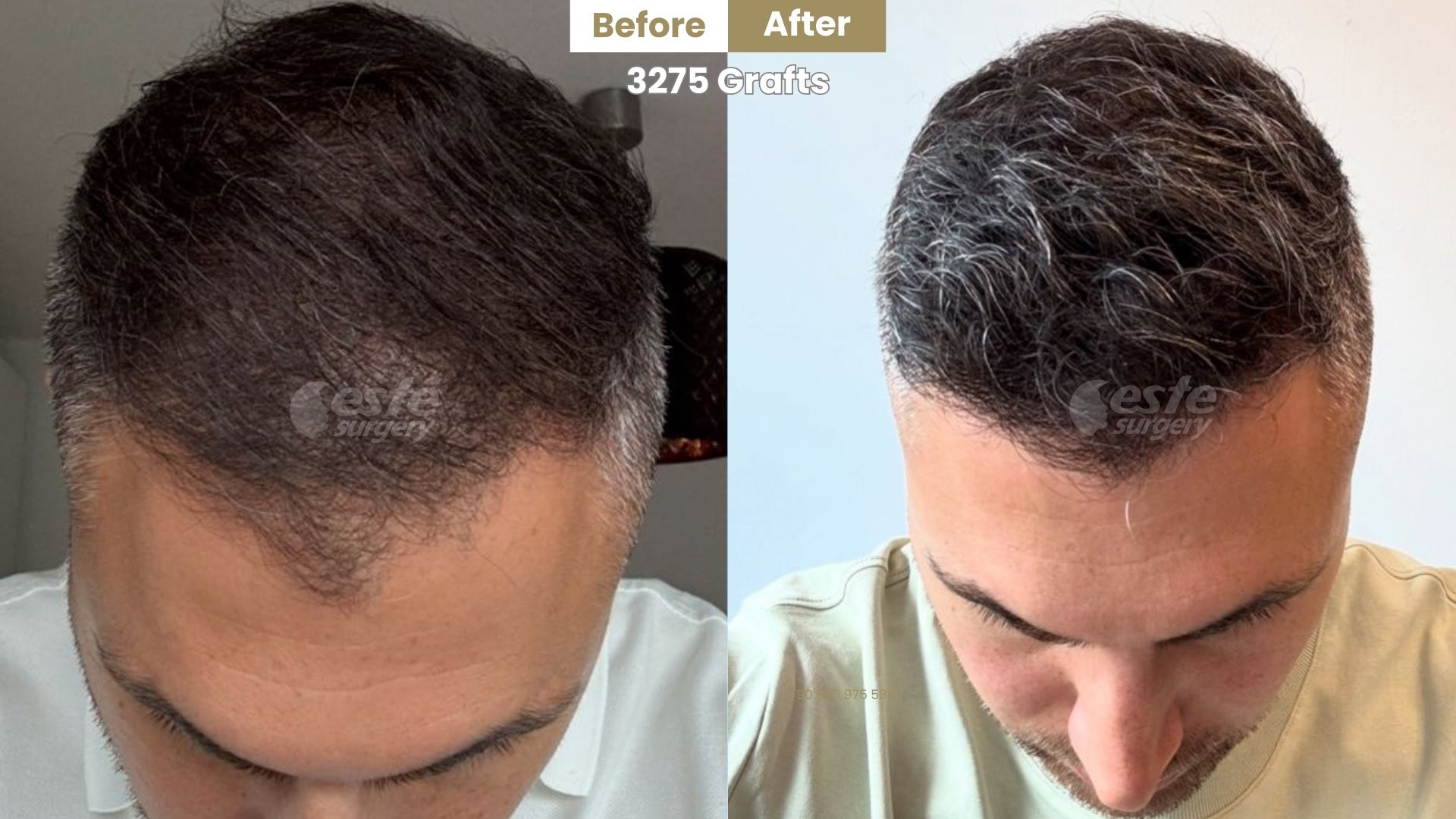
Why Choose Este Surgery for DHI?
We know that picking a hair transplant clinic is about more than simply how they do it; it’s also about trust, skill, and care. One of the most advanced ways to restore hair today is the DHI Hair Transplant procedure. It blends new ideas, efficiency, and art to get better outcomes, especially in places that need meticulous planning, such the hairline or crown.
We don’t just do surgeries at Este Surgery; we also help people feel better about themselves. We want to help you feel like the best version of yourself by leveraging technology and medical knowledge to fix your hair, your looks, and your mood.
What makes our DHI offer stand out is:
- Advanced Equipment: To make sure we get the most accurate results, we employ high-quality Choi Pens and surgical instruments.
- Trained Specialists: Our surgeons and technicians have received special training in DHI methods and work under the direct supervision of professionals who have been doing this for a long time.
- Patient-Centered Care: Our staff will make sure you are comfortable and happy from the time you make an appointment until after your treatment.
We’ve done hundreds of successful DHI treatments on patients from all around the world, and they’ve all had natural, long-lasting results.
Is There a Downside?
DHI Hair Transplant, like any operations, has certain things to think about:
- Higher Cost: DHI is usually more expensive than FUE since it uses special tools and takes longer to do.
- Time-Consuming: It takes longer to load each follicle into the implanter pen, therefore you may need to do it more than once for large-scale coverage.
Still, these trade-offs are typically worth it for patients who want to seem natural and have a short recovery period.
What to Expect After the Procedure?
Recovery from DHI usually goes smoothly and quickly:
- In the first few days: You might notice some little redness, swelling, or pain. Don’t touch or wash the area too quickly.
- One week: The scabs start to fall off on their own. Our medical staff will provide you extensive information on how to care for yourself following the procedure.
- 3 Months: You might notice some hair loss, which is typical. Soon later, new growth starts to show up.
- 6 to 12 months: The full results start to show. Your hair gets thicker, denser, and blends in with your natural hair.
Questions That Are Often Asked
Do I have to shave my head for DHI?
Not always. One good thing about DHI is that it doesn’t require a lot of shaving, which is great for women.
Is the Choi Pen possible to be used again?
No. For cleanliness and accuracy, each pen and needle combination is sterile and only meant to be used once.
How long does the process take?
It can take anywhere from 6 to 10 hours, depending on how many grafts there are.
Can it be used with other methods?
Yes. In other circumstances, a mix of methods (such DHI and Sapphire FUE) is employed to provide the best outcomes.
Este Surgery Clinic Gallery

